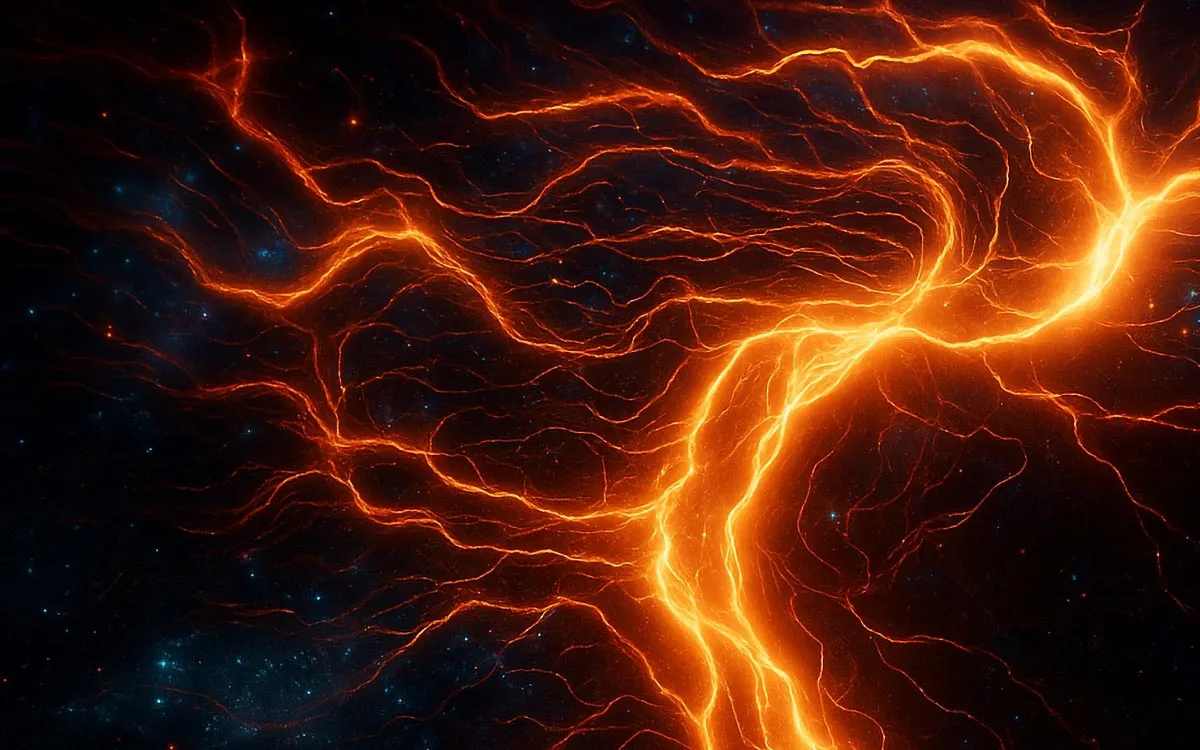
A groundbreaking experiment has emerged from a massive, collaborative brain study that has tested two prominent theories of consciousness. After seven years of research, scientists have unveiled significant findings that challenge our understanding of human consciousness by comparing the Integrated Information Theory (IIT) and the Global Neuronal Workspace Theory (GNWT).
According to Integrated Information Theory (IIT), consciousness arises when information is deeply integrated and unified within a system, such as the human brain. This theory posits that as long as information remains coherent and unified, it is consciously experienced. In contrast, Global Neuronal Workspace Theory (GNWT) suggests that consciousness occurs when specific information is "broadcast" across a network of brain regions, making it widely available and bringing it into awareness.
Initiated in 2019, this innovative experiment aimed to directly compare these two competing theories using human participants. The results, published in the prestigious journal Nature, mark a significant milestone in the ongoing quest to understand the origins of consciousness. Dr. Christof Koch, a prominent investigator at the Allen Institute, emphasized the importance of this collaborative effort, stating, “Adversarial collaboration fits within the Allen Institute’s mission of team science, open science, and big science, in service of one of the biggest, and most long-standing, intellectual challenges of humanity: the Mind-Body Problem.”
The study revealed crucial functional connections between neurons in the brain's early visual areas, located at the back, and the frontal regions. This discovery suggests a strong link between perception and cognition, shifting the focus away from the prefrontal cortex as the primary seat of consciousness. The findings indicate that while the prefrontal cortex is vital for reasoning and planning, conscious experience may rely more on sensory processing and visual perception. In essence, intelligence pertains to action, while consciousness relates to existence.
The researchers also found that the rear of the brain plays a pivotal role in maintaining detailed visual information, such as the orientation of objects. Conversely, the frontal regions contribute primarily to identifying general categories, like recognizing a face or a chair. This challenges the traditional notion that the front of the brain contains the complete, detailed content of our visual experiences, suggesting instead that the brain’s rear sensory regions are central to the richness of what we perceive.
The discoveries from this study have significant implications for our understanding of consciousness and could also provide insights into disorders of consciousness, such as coma or vegetative states. By identifying where the footprints of consciousness are localized in the brain, researchers may be able to detect “covert consciousness” in unresponsive patients with severe brain injuries—a condition known to occur in approximately one-quarter of cases, as reported in the New England Journal of Medicine last year.
While IIT suggests that consciousness emerges from the cooperation of various parts of the brain working to integrate information—similar to teamwork—the study did not find sufficient sustained connections in the back of the brain to fully support this idea. On the other hand, GNWT promotes the notion that consciousness primarily occurs in the front of the brain, yet the study also found insufficient evidence to conclusively back this theory. Dr. Anil Seth, a professor of cognitive and computational neuroscience at the University of Sussex, stated, “It was clear that no single experiment would decisively refute either theory. The theories are just too different in their assumptions and explanatory goals.”
This extensive study involved 256 subjects, an unprecedented number for this type of research. Participants were shown various visual stimuli while researchers employed three common brain measurement tools that track blood flow, as well as magnetic and electrical activity. This collaborative approach was the result of a large-scale, open science initiative that originated during a workshop at the Allen Institute in 2018. By combining researchers from diverse perspectives, the study aimed to reduce confirmation bias and accelerate scientific progress.
Dr. Koch highlighted the potential benefits of adversarial collaborations in the biomedical field, stating, “Adversarial collaborations are a powerful social process, little used because of their challenging nature.” He believes that fostering friendly competition among theories could significantly profit the field, although it requires substantial cooperation and continuous effort to maintain alignment among all participants.
In summary, this landmark experiment on human consciousness has yielded valuable insights into the ongoing debate surrounding the nature of consciousness, paving the way for future research and collaboration in understanding the intricacies of the human mind.